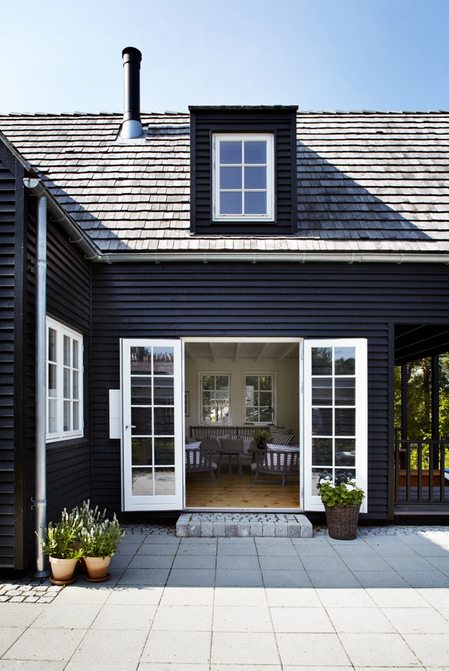How To Prevent Paint From Peeling Prematurely (Part 1)

Here at Homm CPS, we’re regularly contacted by new and existing customers regarding any number of common painting problems. And as we take pride in helping our customers achieve fabulous things with their interior spaces, we’re always happy to help!
Unsurprisingly, some of the questions and queries we receive are more common than others. Right to the top of the table, problems with premature paint-peeling are just about as common as it gets.
The problem being that in most instances, you genuinely cannot understand where you went wrong. You took your time, you painted the surface with care and everything looked fantastic when you downed your brush. But for some reason, it took just a few weeks for things to start to look anything but appealing.

When paint peels prematurely, it’s essentially telling you that somewhere along the line, you made one or more fatal errors. Some of which are far easier to correct than others. The good news being that by identifying where you went wrong, you can ensure history doesn’t repeat itself!
So with this in mind, we thought we’d dedicate this post (and the next) to clarifying every common cause of premature peeling. Next time you find yourself staring such a problem in the face, you’ll probably find it’s due to one or more of the following:
-
Water
First and foremost, water is the single most common cause of peeling paint in bathrooms, kitchens and other interior spaces. When water comes into contact with the paint from the other side, it quickly detaches the layers of paint from the surface, causing it to crack and peel.
In most instances, this kind of problematic water originates from leaking pipes, gutters and other issues that may be hidden behind the scenes. If you suspect water is creeping into your surfaces from beneath the surface, you might want to speak to a plumber.
-
Humidity And Condensation
Likewise, excessive moisture attacking painted surfaces from the business-end of the equation can also do a number on their quality and integrity. There are certain paints that are designed to deal with humidity and condensation better than others. Those without such protective properties are largely helpless against the attacks of humidity and condensation.
On the plus side, dealing with humidity and condensation is often as easy as installing a decent dehumidifier. Or perhaps, consider stepping up the way your home is insulated and generally protected from the elements outdoors.
-
Poor Surface Preparation
Around the rest of the home where moisture isn’t an issue, the most common culprit when paint peels prematurely is poor surface preparation. In all such instances, whoever tackled to job takes full responsibility!
If the surface is uneven or simply hasn’t been primed properly, it may be difficult or even impossible for the paint to adhere as it should. In which case, it’s only a matter of time before it starts coming loose and ruins what once appeared to be an attractive finish.
-
Dirty Surfaces
The same also applies to surfaces that simply haven’t been cleaned properly. One of the most important steps when tackling any interior paint job is to ensure that the surface is immaculately cleaned before taking a single step further.
Any grease, dust, dirt or oil that remains on the surface can and will prevent the paint from doing its job properly. However long it takes you to clean the surface thoroughly, it’s a job you can’t afford to overlook!
-
Extreme Temperatures
Every type of paint has its own unique tolerance when it comes to temperatures. Just as some paints can be used in the most demanding environments, others are prone to cracking and peeling the moment the temperature spikes above everyday norms.
In warmer areas of the home therefore, extreme temperatures are often responsible for premature peeling. In the kitchen, the bathroom, around the fireplace and so on, you need to think very carefully about the paint you use and whether or not it can deal with the elevated temperatures.
-
Incompatible Surfaces
In some instances, it could simply be that the surface in question is not compatible with the paint you have used. Or to put it another way, you’ve gone and chosen completely the wrong paint for the job!
Always remember that different types of paints are designed specifically for different surfaces and materials. There’s no such thing as a one-size-fits-all paint – a potentially costly assumption made by far too many ambitious DIYers!
Stay tuned for the second half of our two-part premature paint-peeling post, coming soon!










